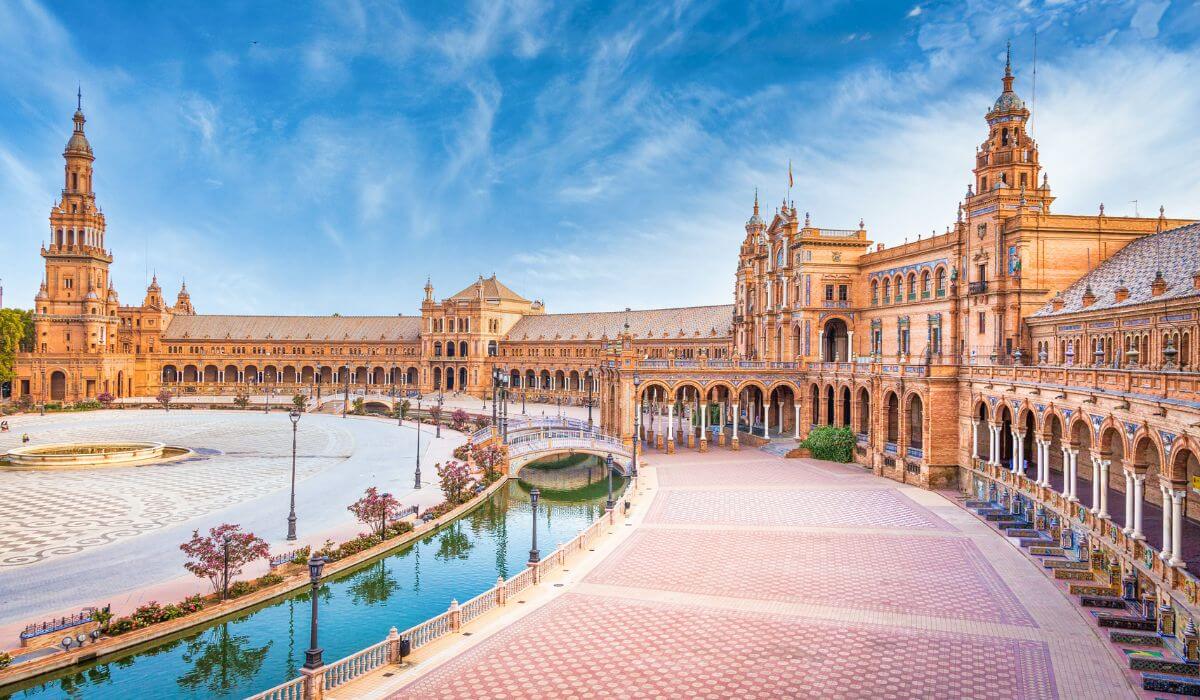There’s high season (bustling crowds and sky-high prices), and there’s low season (great deals but maybe a little too quiet or weather-worn). Then there’s the sweet spot in between—shoulder season.
Shoulder season is that golden window right before or just after the peak travel rush. Think April to June or September to early November in many parts of the world. It’s when the weather is still lovely, the crowds have thinned out, and your money goes a little further.
This guide isn’t about cutting corners—it’s about traveling smarter. Whether you’re looking to stretch your budget, soak in the vibe without elbowing your way through photo ops, or simply enjoy a slower pace, shoulder season lets you have all the magic without the madness.
Ready to see what all the quiet hype is about? Let’s dive in.
The Perks of Shoulder Season Travel
For discerning travelers, shoulder season isn’t about scoring a bargain—it’s about unlocking value. It’s when five-star hotels have more suite options, top-tier guides aren’t fully booked months in advance, and you can actually savor a museum or monument without weaving through selfie sticks.
Flights tend to be more flexible, tables at sought-after restaurants easier to secure, and even private experiences come with a little more breathing room in both scheduling and pace. The result? A trip that feels less rushed, more personal, and altogether more enjoyable.
Service also levels up. When staff aren’t stretched thin by peak season crowds, the attention to detail sharpens. Think more attentive concierges, private guides who have time to share richer stories, and sommeliers who linger at your table just a little longer.
And let’s not forget the weather. In many destinations, shoulder season means mild temperatures and golden light—perfect for walking tours, wine tastings, or a long lunch on a quiet terrace.
In short, shoulder season travel doesn’t mean compromising on experience. It means experiencing the best parts—with room to actually enjoy them.
When Is Shoulder Season? (By Region)

Shoulder season doesn’t follow a strict calendar—it shifts slightly depending on where you’re headed.
Europe: April to June and September to October. Think golden evenings in Tuscany, fewer queues at the Louvre, and room to breathe along the Amalfi Coast.
Southeast Asia: May and October, depending on the monsoon cycle. These in-between months often offer clear skies, fewer tourists, and lush landscapes.
North America: May to June and again in September. Cities are vibrant, national parks are peaceful, and summer crowds are still weeks away (or already gone).
Australia & New Zealand: March to May and September to November. Ideal for wine country tours, coastal drives, or luxury lodge getaways without the seasonal surge.
A quick tip: Because shoulder seasons vary even within a single country, it’s worth doing a little research—or better yet, leaning on a travel advisor (like me) who can pinpoint the perfect timing for your specific destination and style.
Some Great Destinations to Visit in Shoulder Season
Some places shine brightest when the crowds fade and the pace slows—here are a few that truly come into their own during shoulder season:
Amalfi Coast in May or late September: The sun’s still warm, the sea still swimmable, and the villages are blissfully quiet. You get all the Italian charm—minus the mid-summer gridlock.
Japan in November: Autumn in Japan is pure magic. Think crimson maples, golden ginkgos, and temples wrapped in fall color. It’s also a wonderful time for hot springs, seasonal cuisine, and serene cultural experiences.
Greek Islands in October: The Aegean is still inviting, but the party crowds have long sailed off. Enjoy long lunches by the sea, walks through ancient ruins, and golden-hour views all to yourself.
Canadian Rockies in early June: Nature’s putting on a show—melting snow feeds waterfalls, wildlife is active, and the alpine scenery is in full bloom. Plus, luxury lodges are more likely to have availability.
Morocco in October: Brings cooler temps, vivid landscapes, and a calmer version of Marrakech, perfect for riad stays and desert escapes.
Related: Your Guide for Exploring Morocco
What to Know Before You Go

Shoulder season has its sweet spots—but it also comes with a few quirks worth planning for:
Weather can be unpredictable: One day might feel like summer, the next like spring’s having a mood swing. Layers are your best friend—think chic but practical.
Some attractions may have limited hours: Not everything runs at full throttle outside of peak season. Museums, ferries, or seasonal restaurants may operate on a trimmed schedule—but that also means fewer lines and more personalized service.
Local festivals and seasonal events can enhance your trip: From wine harvests in Tuscany to lantern festivals in Southeast Asia, shoulder season often coincides with authentic local happenings that most travelers miss.
This is where having a well-connected travel advisor really pays off. They can help you navigate the subtle seasonal shifts—curating a trip that flows beautifully, avoids the guesswork, and takes advantage of all the little details that make shoulder season travel feel extra special.
Consider travel insurance: While not the most glamorous topic, it’s a smart backup when traveling in transitional seasons—especially when weather or transport hiccups could shift your plans. Think of it as a little peace of mind for a trip that’s otherwise all about ease.
Related: Why Travel Insurance is a Must
Parting Thoughts
The magic of shoulder season lies in its subtlety. Fewer lines, softer light, space to breathe—it’s travel at its most graceful. You’re not elbowing your way through crowded plazas or waiting months for a dinner reservation. You’re enjoying front-row views, effortless access, and experiences that feel personal, not performative. Luxury doesn’t always shout. Sometimes, it whispers through quiet moments, unexpected availability, and the kind of service that’s only possible when things aren’t stretched to capacity.
Ready to embrace the sweet spot of travel? Let’s plan a shoulder season escape that feels tailored, thoughtful, and just for you.

